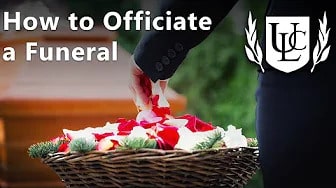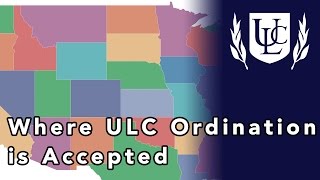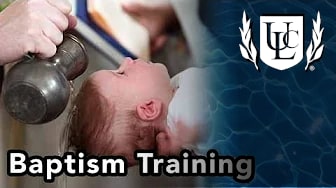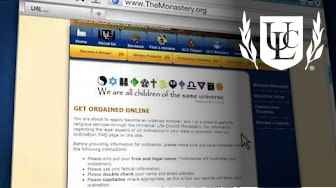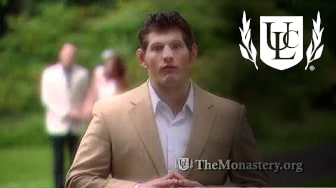How to Perform a Baptism
Transcription
One of the best parts of being an ordained minister for the Universal Life Church is that it grants you the freedom to perform several important ceremonies in people's lives, including baptisms. If you are performing a baptism ceremony for a friend or family member, you have the freedom to personally craft the event around their specific desires.
Most churches have specific Sundays set aside for baptismal and christening ceremonies so if you'd like to perform the ceremony in a church, you may need to contact the church where the baptism will take place early in the planning process to reserve a date. If this is to be a nondenominational or interfaith event, the ceremony can be held at a community center, someone's home, or even outdoors.
Check with the participants to see if they want you to wear a ministerial garb. Traditionally a white robe is worn to symbolize the purification involved in the act, however, formal attire is also common for infant baptisms. The parents may also want to dress the baby in a traditional white robe. This can be purchased for the ceremony or fashioned together from clean white cloth and kept for generations as a family heirloom.
Take time to prepare your words and actions for the ceremony well in advance. We have a list of suggested Bible verses at the end of the video. Baptisms are highly meaningful ceremonies so pick the passages that seem the most appropriate to you. If you need additional help with your script, we're happy to assist you. In fact, we've created a very helpful guide to aid you in this process. We’ll include a link to that guide in the video description.
There are two main variations on the act; affusion and immersion. During affusion baptism, water is to be sprinkled or poured on the head of the participant. This is most commonly used for infants, children, and anyone who is physically incapable or does not wish to be immersed in water. For immersion the body is to be submerged under water either in whole or in part.
For adult baptisms, it is customary for the participants to share testimony. This would be a short biographical story a few sentences long and what this ceremony means to him or her in the context of his or her life. There's no need to be nervous, people will still appreciate your work even if you make a mistake. Once the baptismal ceremony is completed, ask the congregation to join you in welcoming the participant into the family of believers.
A baptismal ceremony is one of the most notable points in many people's faith journey, and as a minister you should treat every ceremony that you perform with reverence. It is a symbolic act of purification that affirms the person's commitment to his or her faith. Check out our baptism package for a more comprehensive guide to planning the ceremony, including three baptism certificates, a sample script, and instructions to bless and sanctify water.







